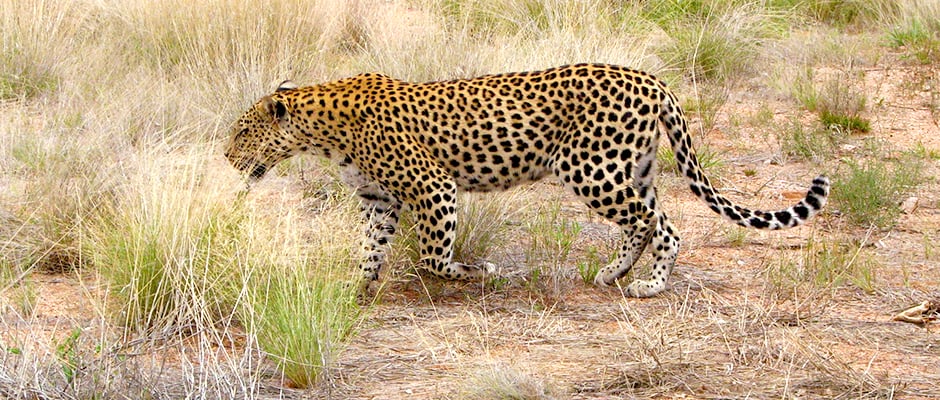Share this article
Wild leopards less abundant than thought
While researchers previously assumed leopards are abundant in the wild as a result of their adaptability, new research suggests this may not be the case. In what’s believed to be the first study to assess leopards’ status globally, researchers — including TWS member Jan Kamler — found leopards have lost up to 75 percent of their historic range since 1750. “Within the past year my work with Panthera has shown that the Indochinese leopard has lost 95 percent of its former range in Southeast, and this unique subspecies is rapidly heading towards extinction,” said Kamler. “This was a little shocking, because the rapid decline of leopards has gone under the radar of all governments and NGOs in the region, and most assumed this subspecies was still doing well.” Partly because of these findings, which recently appeared in the journal PeerJ, the International Union of Conservation of Nature’s cat specialist group has recommended reclassifying the leopard as vulnerable as it is currently listed as “near threatened” on the IUCN Red List. Read more in the New York Times.
Header Image: ©Marike Hein








